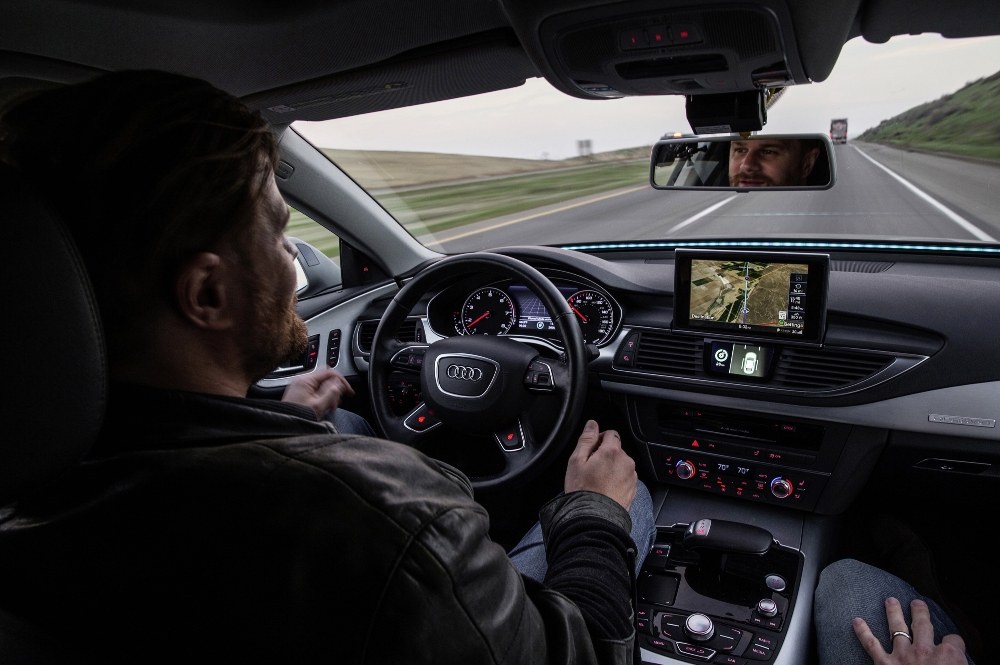TACC does turn off when you hit the breaks. So, that condition already exists. I have observed the following conditions:
- TACC will accelerate if the lead car slows below your speed setting and falls from view via radar or camera
- Most common and personally experienced when making a 90 degree turn while following without disengaging
- TACC will disengage when break is applied
- TACC can only be engaged:
- Above 18 MPH
- At stop with lead vehicle detected and break hold engaged. I also noticed that it wouldn't engage until my foot was off the break and in break hold. I was unable to replicate conditions outside of these conditions including some of the conditions stated by posters on this thread.
I do get how a user could either inadvertently engage TACC or forget it is engaged creating potential unsafe conditions within the design specs. But, the car is operating as designed. The user created the unsafe condition inadvertently. My previous vehicle, Buick, had a similar feature and behaved in the same unsafe manner with the same conditions. At what point does the user take responsibility for creating the unsafe condition inadvertently or otherwise. IMO there is not an issue with the firmware, bug, that is causing the conditions. I would recommend that you take the time to understand the functionality and conditions where you need to manually intervene to avoid sudden acceleration. I would recommend practicing a bit with the TACC behaviors in safer environments before using frequently.
To state the obvious if you didn't look at my signature, I am on AP2.0 firmware version 17.17.4.



